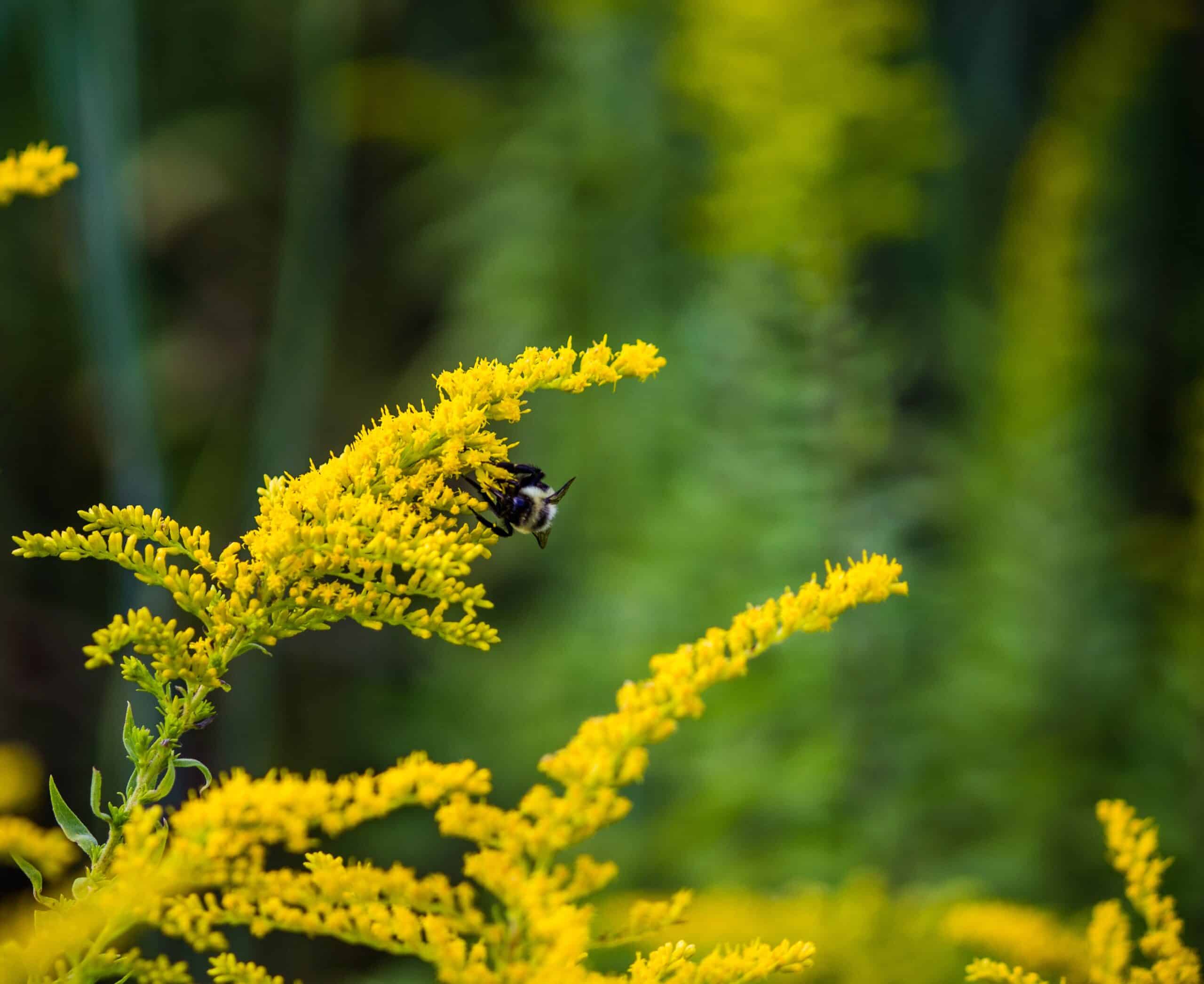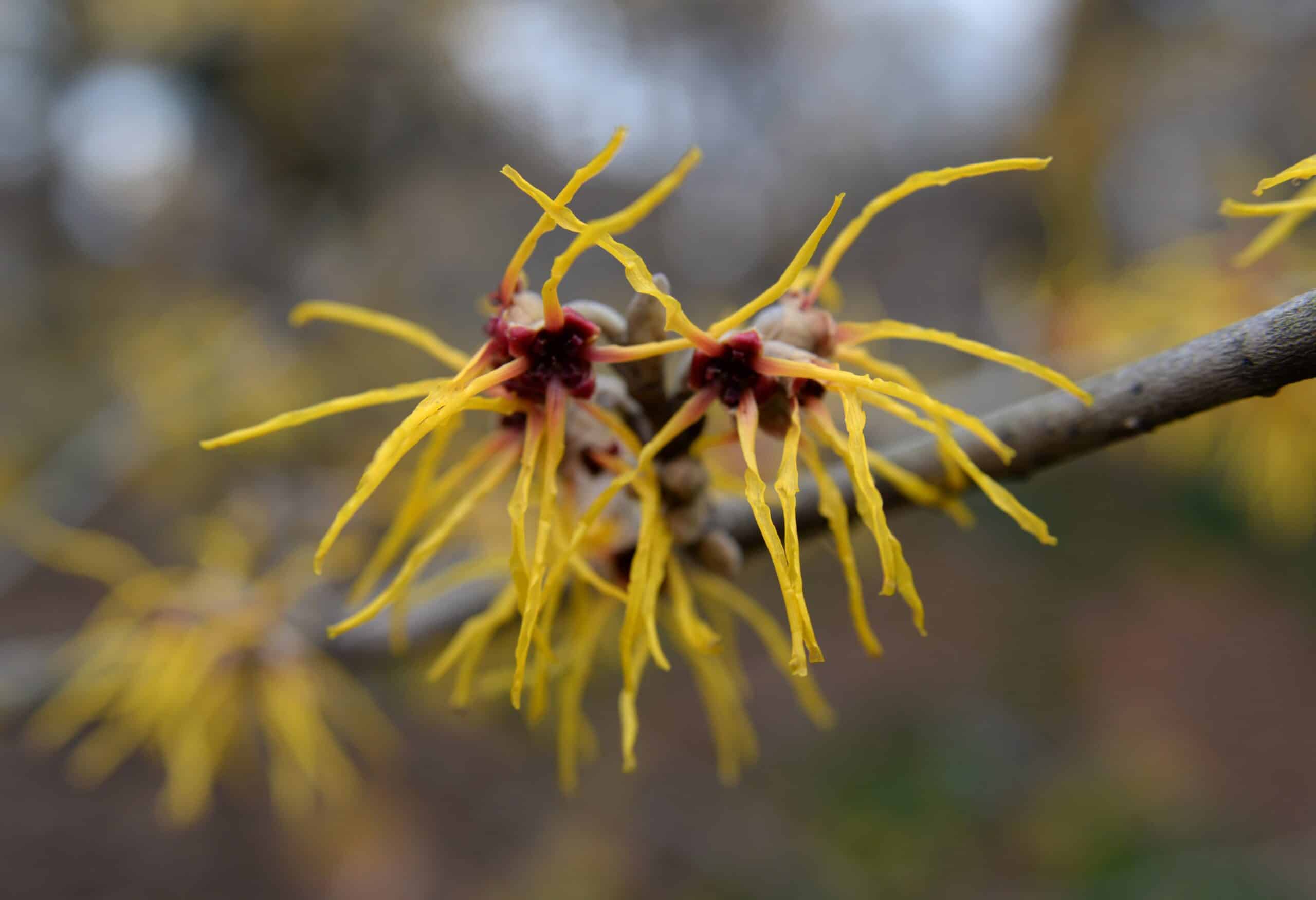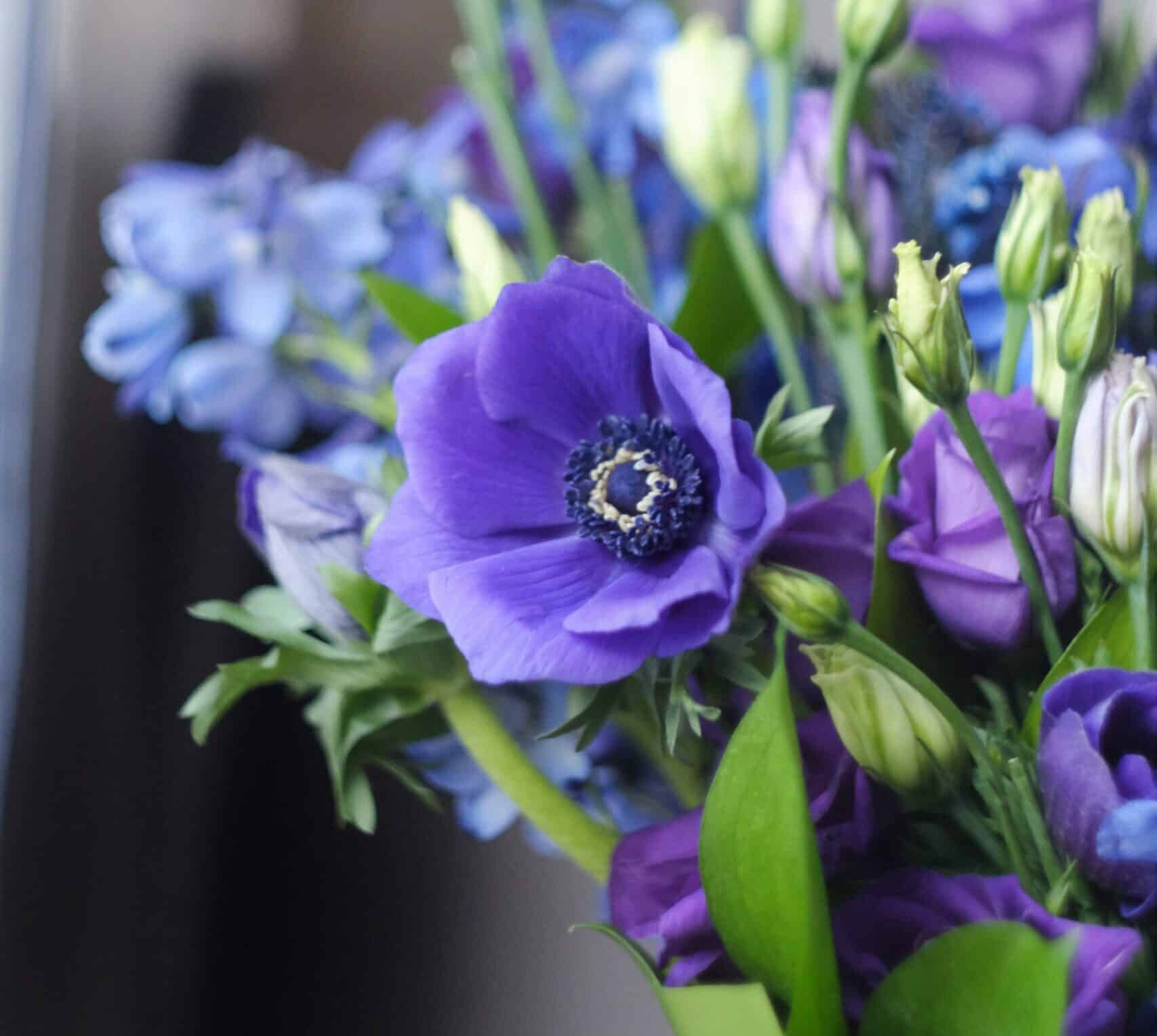Are you curious about how to grow and care for goldenrod? We have all the answers! This plant is very easy to grow and care for. If you plan to make your garden beautiful, try growing these lovely yellow blooms.
Goldenrods are beautiful flowers that bloom during the summer months. Known by some as a weed, goldenrod has several uses, including providing shelter for beneficial insects, attracting butterflies, and providing nectar for bees. Goldenrods attract both good and bad insects. They encourage butterflies and bees to stay in the area and help pollinate your crops. With their bright yellow color, these lovely plants are surely a mood booster.
It was once believed that a woman who wore a goldenrod would attract a wealthy husband. There are over 100 species of goldenrods native to North America. The common name comes from the yellowish color of their petals. These plants are often found growing along roadsides and other open spaces.

Tips to Care for Goldenrods Successfully
Growing goldenrod plants requires no special skills or equipment. You need to plant seeds and wait. Goldenrods grow best in full sun, but they tolerate partial shade too. They do well in average soil conditions, although some varieties prefer sandy soils.
Goldenrods are annuals, meaning they bloom once each season. Each flower lasts about one week, but the blooms attract insects and other animals that help fertilize the seedlings. If you want to encourage insect pollinators like bumblebees, try planting several kinds of goldenrods together.
You can sow seeds directly into garden beds or pots, but most people start seeds indoors due to easier control over the temperature and moisture levels. Seeds germinate best at temperatures around 60 degrees Fahrenheit, so set up a sunny window or greenhouse during those months. When seedlings emerge, move them outside.
Goldenrods require regular watering, especially during hot weather. Water deeply and infrequently, though; overwatering causes roots to rot. Keep the soil moist, but avoid soggy conditions.
If you live in an area with little precipitation, consider growing goldenrods in containers. These plants thrive in drier climates but still appreciate plenty of water.
How to Plant Goldenrods
Goldenrod is one of the easiest plants to grow. You can start it indoors under lights or outdoors once the weather warms up. If you want to grow it outside, dig a deep hole and add some compost to help keep the soil loose. Then fill the hole with dirt and water well. A sunny spot works best.
You can put the seeds directly into the ground or sow them indoors about ten days before planting. When you buy seedlings, look for ones that are already growing leaves. They’re ready to go outside when they’ve grown three true leaves.
If you don’t see any leaves, wait another week or so. Once the seedling has four sets of true leaves, transplant it into a bigger pot filled with good quality potting mix. Keep the seedling dry out while you wait for it to sprout. Keep the soil damp but not soggy. Watering too much can cause mold growth.
Once the seedling starts to grow, give it bright light every day. Be careful not to overdo it, though. Too much sunlight can burn the leaves. And remember to fertilize regularly.
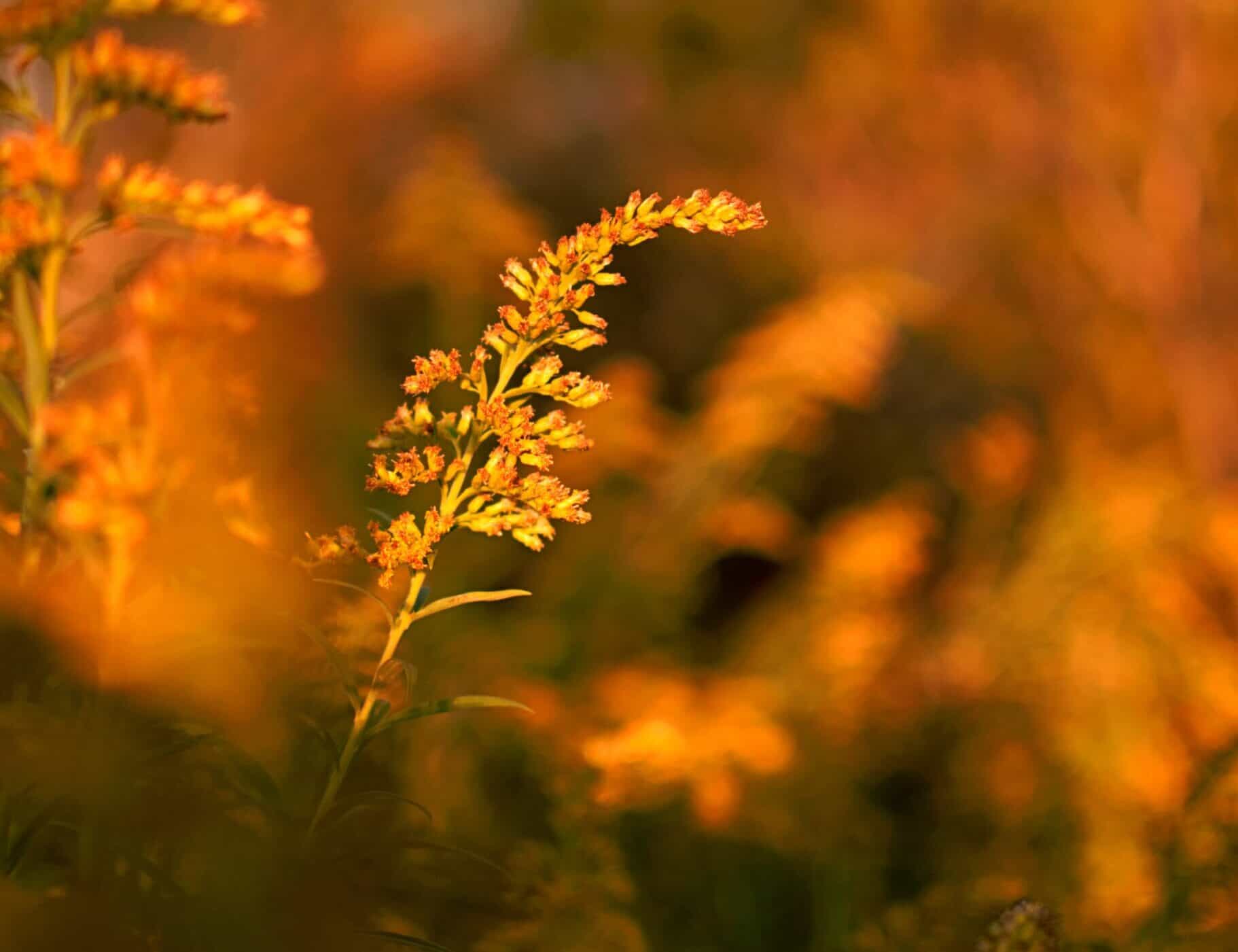
How to Grow and Care for Goldenrod
Goldenrods are easy to care for. Just water them regularly and feed them fertilizer if needed. Fertilizer will promote healthy root development and prevent your plants from becoming leggy.
To get rid of pests, spray your plants with a strong solution of horticultural oil. This kills aphids, mites, spider mites, and whiteflies. It also repels ants and butterflies.
To keep weeds away, cover the base of the stems with mulch. Mulching helps conserve moisture and keeps the soil cool.
Cut off the stem above the first pair of leaves when you harvest your goldenrods. That way, you’ll have more flowers next year.
- Soil
Goldenrod likes slightly acidic soil that drains well. It might be worth planting some in your garden if you live in a place with lots of goldenrods. You could try planting one near a pond or stream.
A good drainage system will help keep your plants healthy. When you plant your seeds, ensure they don’t sit on wet ground. Watering deeply once a week is enough.
If you observe your plants getting leggy or spreading out, cut off the tops of the stems. This will encourage the roots to grow down and branch out.
- Fertilizer
Goldenrods need a lot of nitrogen. Soak your fertilizer pellets in water until they dissolve completely. Then pour the liquid onto the topsoil around your plants.
If you use commercial fertilizer, follow the directions on the package carefully. Some products contain weed-suppressing chemicals that may harm your plants.
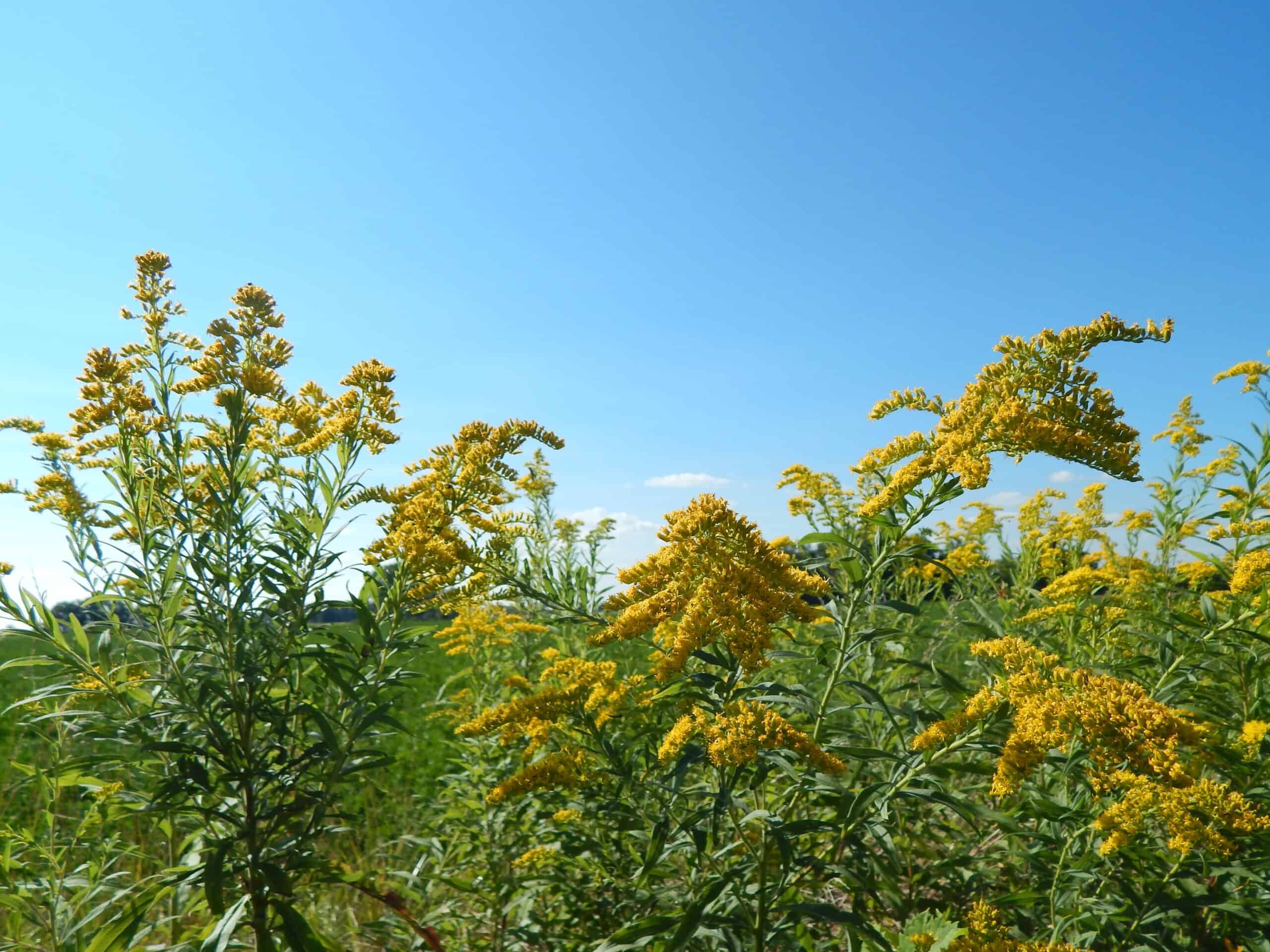
Pruning Goldenrod
Goldenrods should never be pruned. It would be best if you only trimmed your plants when you notice yellowing leaves or dead branches. If not, please leave them alone.
Propagating Goldenrod
Goldenroads are easy to propagate. Take a cutting from the bottom of the stem and place it in moist soil. Cover the cut end with soil and keep it watered. In two weeks, new shoots will appear at the tip of the stem. These shoots are called offsets.
You can divide your plants by taking several small pieces of the root ball and replanting them in fresh soil.
Common Pests & Plant Diseases
Goldenrod does not have serious insect problems; nevertheless, some parasites can still affect the plant. If you observe any sign of damage, you can try one of the following methods:
- Keep weeds under control around your plant. This will help prevent soil erosion and keep the area free of competition for vegetation.
- Add mulch to the planting site. Mulching helps retain moisture in the soil, controls weed growth, and prevents soil compaction.
- Use appropriate pesticides. Insecticides labeled for use against grasshoppers, aphids, whiteflies, leafhoppers, thrips, and spider mites are safe for goldenrods. Be sure to follow label instructions carefully. Do not spray during periods of heavy rain or windy conditions.
- Remove damaged leaves. Check for eggs or larvae underneath the leaves. Destroy these immediately.
- Clean up debris and dead material near the base of the plant. This will reduce the amount of food and shelter for pests.
- Water regularly. Plants grown in dry soils tend to be more susceptible to disease. Make sure your watering schedule matches the needs of your plant.
What we love from Amazon this week
Buy these wonderful flowers directly from Amazon:


